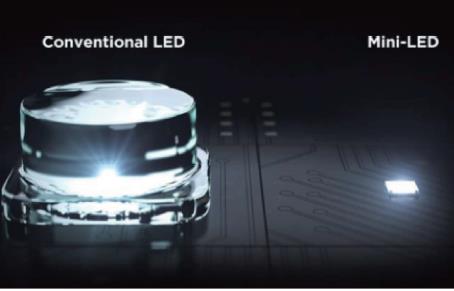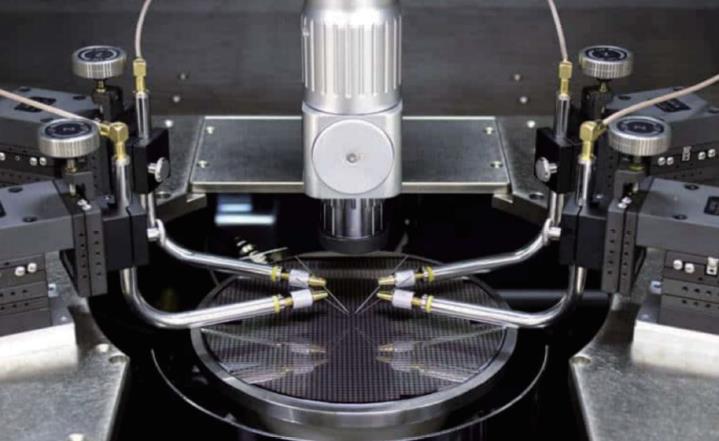

MiniLED test
Focus on semiconductor electrical performance testing
Position:Home > Solutions > Semiconductor discrete devices
Mini LED refers to LED chips with a size of 50-200 microns, which is between small-pitch LEDs and Micro LEDs. As a kind of LED technology, Mini LED can greatly improve the performance of LCD panels, and has the characteristics of high resolution, high brightness and high contrast.

Before and after packaging, Mini LED chips need to go through the inspection process to eliminate unqualified products. Among them, photoelectric performance detection is a very important index parameter. Photoelectric performance testing refers to the chip on the wafer, or the finished product after packaging, to its voltage (V), current (I), VFD, wavelength (WD), brightness (LOP), antistatic ability (ESD), etc. The photoelectric performance is tested one by one to obtain the actual value, and then provide reliable product actual performance information for subsequent processing and production. Since Mini LED has the characteristics of small size and large quantity, new requirements are put forward for the test of its photoelectric characteristics.
Due to the characteristics of the Mini LED itself, when the forward lighting test is performed, the input current is small, generally at the mA level or even µA level; when the reverse high voltage leakage current test is performed, the current is even as low as nA level. Accurate and stable output and measurement of current is a prerequisite for obtaining accurate test result data.
The production process of Mini LED requires high efficiency, and the time reserved for the electrical performance test of the chip is generally controlled within ten milliseconds. Efficient and fast output and detection of voltage and current is an important guarantee for improving production efficiency.
Mini LED testing often requires automated equipment, and the test items include electrical characteristic parameters such as voltage and current, as well as optical performance parameters such as spectrum and optical power. Extensive software and hardware compatibility helps end users to choose different test instruments and automation equipment according to actual test requirements.
One of the best tools for performing parametric analysis of Mini LED optoelectronic characteristics is a source measure meter (SMU). As an independent constant voltage source or constant current source, the source measure meter outputs constant voltage or constant current, and can also be used as a meter to measure voltage or current; it supports Trig triggering, and can be used with spectrometers, probe stations, sorters, etc. Third-party equipment linkage work.
At present, photoelectric performance testing is realized by Mini LED point tester, which is used to measure each chip on the wafer. The main structural units of the point tester include a probe station, an electrical performance test unit, an optical performance test unit, and a host computer control system. The basic components of the equipment mainly include: probe station, electron microscope, SMU, ESD, industrial computer, integrating sphere, spectrometer, etc. Among them, the role of the SMU is to test the IV characteristics of the chip, and at the same time provide power to the chip during the optical test.
Commonly used electrical performance test items include: VF1, VF2, I R, Vz, Vrn, DvF, etc.
(1) VF (forward voltage) test, FIMV: Generally, two points are measured, the first point VF1 is the voltage when the LED is just lit, and the second point VF2 is the normal working voltage of the LED
(2) Vz (reverse breakdown voltage) test, FIMV: the voltage across the device at a certain reverse current;
(3) IR (reverse leakage current) test, FVMI: the current flowing through the device at a certain reverse voltage;
(4) DvF test, material heat shrinkage effect test, FIMV: apply two different currents to the LED, and calculate the voltage difference under different conditions;
(5) VFD test, forward voltage transient peak voltage test, FIMV: apply a certain forward current to the LED, and collect voltage changes at the same time, the difference between the peak voltage and the normal voltage is the VFD.
